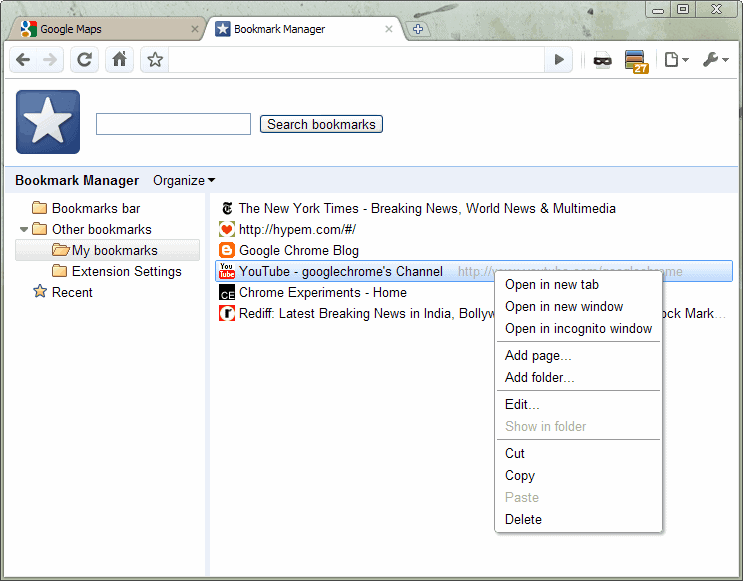- Download Google Chrome Stable Version
- Google Chrome Release
- Google Chrome Stable Deb
- Google Chrome Stable Release
Google-chrome-stable Description: The web browser from Google Google Chrome is a browser that combines a minimal design with sophisticated technology to make the web faster, safer, and easier. Latest version: 87.0.4280.88-1: Release: stable: Level: base: Repository: main. Google Chrome 5.0, announced on May 25, 2010, was the first stable release to support all three platforms. Chrome was one of the twelve browsers offered on BrowserChoice.eu to European. When people talk about Chrome's 'version,' they generally mean the larger releases, sent out by Google approximately every two months. There are smaller patches for security and speed tweaks, but the big releases are what holds changes to the interface and new user-facing features.
Typically, a new update for Chrome and Chrome OS arrives every six weeks, but Google is temporarily halting new releases. The reason is to keep things 'stable, secure, and reliable' for all of the folks that are working from home due to the COVID-19 coronavirus.
Download Google Chrome Stable Version
Users will continue to get security updates, of course. But as far as feature updates go, those are off the table for a while.
Due to adjusted work schedules, we're pausing upcoming Chrome & Chrome OS releases. Our goal is to ensure they continue to be stable, secure, & reliable for anyone who depends on them. Download google chrome pentru calculator. We'll prioritize updates related to security, which will be included in Chrome 80. Stay tuned.
— Chrome Developers (@ChromiumDev) March 18, 2020The natural question to ask would be why Google isn't focusing on stability like this in the first place. Interrupting the normal development cycle to not interrupt stability during a crisis undoubtedly implies that the normal development cycle does interrupt stability.
The Chrome Developers team didn't go into additional detail, such as if this will affect other channels, or when it will release new versions of the browser again.
Later this year, we plan to shorten the release cycle and ship a new version of Google Chrome to the stable channel every four weeks, down from the current six-week cycle. There's more detail on the Chromium Blog about the impetus and rationale for this change.
One of my favorite aspects of being a web developer is the ease of deployment. I can fix a critical bug and deploy it to all of my users quickly. Moving to a four-week release cycle will give us more agility to get critical security and bug fixes out to users faster. And for developers, you won't have to wait as long for updates and bug fixes.
Shifting to a faster release cycle allows us to experiment and iterate on new features more effectively via origin trials, without having to wait as long between releases. It doesn't mean we'll be shipping more features, or shipping new features in less time. And it doesn't change the way we ship new features. We remain committed to working with standards bodies, our developer community, and the Chromium ecosystem.
Timeline #
Google Chrome Release
Our current plan is for Chrome 94 to be the first release on the new four-week schedule, and it will be released on September 21st, 2021 (instead of October 12th, 2021). Each subsequent release will take place four weeks later. Thus, Chrome 93 (August 31st, 2021) will be the last release on the six-week schedule. We've updated our release calendar so you can see the updated dates.
As always, this may change based on feedback we receive from our team and the developer community.

What channel should I be using? #

What channel should I be using? #
As a web developer, it's a good idea to have both stable and beta installed on your device, and test your site in both. By using the beta channel, you can find and fix any issues before the majority of your users see them. With the beta channel you can start using new DevTools features sooner, and get early access to new web platform features. Side-by-side installation of the different channels of Chrome is available on all platforms, including Mac.
Today, it can take upwards of 2 weeks for the majority of users to move to the latest stable release. We believe that the four-week release cycle will allow us to more consistently move the majority of users to the latest stable release within 2 weeks. Of course, it's always a good idea to check the analytics for your site to understand how fast your users upgrade to the latest stable. In some scenarios, it may be longer.
How can I stay up to date? #
For web developers, there are several ways to stay informed about the things you care about.
- Beta posts on the Chromium blog: Highlights new web platform features that are landing in the latest beta release.
- New in Chrome: Highlights new web platform features that landed in the latest stable release.
- New in Chrome DevTools: Highlights new features in Chrome DevTools.
Google Chrome Stable Deb
Supporting developers #
We've tried to make sure that the impact of this change is minimal to web developers, but there are some things that we may have overlooked. We'll keep this post up-to-date as we progress. Access viewer mac. If you have questions, or concerns, reach out to @ChromiumDev on Twitter with the hashtag #ChromeFaster.
We know this is a big change, but we feel strongly that it's something that will benefit everyone by reducing the time it takes to get important updates, and will improve the overall quality of Chrome.
Google Chrome Stable Release
Hero photo by Marc-Olivier Jodoin on Unsplash.

